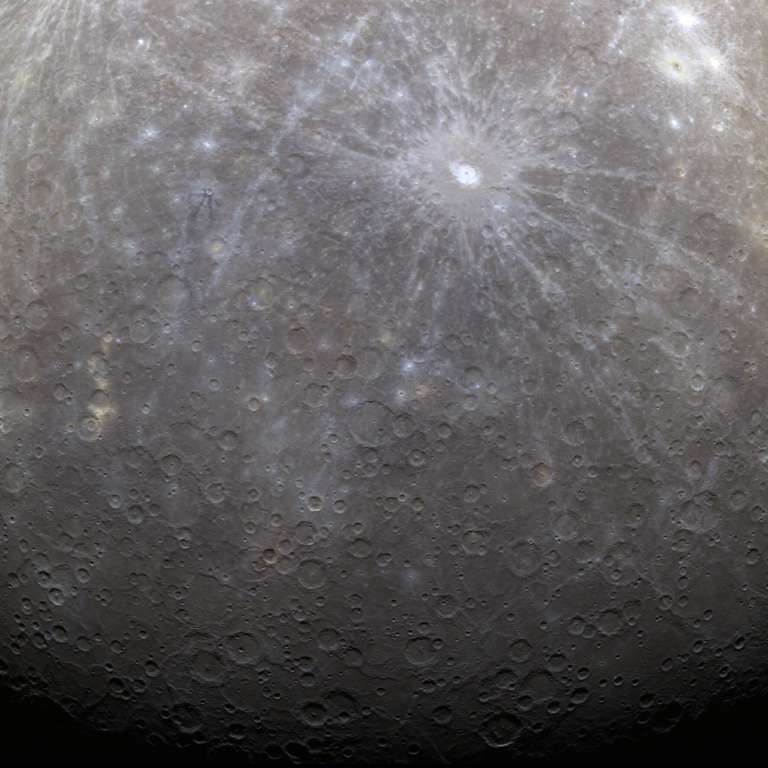Emily Lakdawalla • Apr 05, 2011
Welcome to Carnival of Space #191
Welcome, everyone, to the Planetary Society Blog for the 191st Carnival of Space! Every week, a different webmaster or blogger hosts the Carnival, showcasing articles written on the topic of space. If you run a space/astronomy related blog, and would like to increase your readership, participate in the Carnival of Space. It's a great way to get to know the community, and to help your writing reach a wider audience. If you'd like to submit an article or be a host for the carnival, just drop an email to [email protected].
You never know what bloggers are going to contribute to each Space Carnival, and sometimes when I participate I've been the only person contributing a planetary science post. So I was very pleasantly surprised this week to see a huge number of people posting on planetary topics, with a leavening of other fascinating material from cosmology to astronomy to aliens to private space exploration.

To keep on top of events in planetary exploration, you might check out my post on what's up with planetary missions in April 2011. Several people reported on cool new science from other worlds. Chris Dann from WeirdWarp shows us some of MESSENGER's first photos of Mercury from orbit and explains why we're bothering to capture them. Stuart Atkinson is following Opportunity's journey across the plain at The Road to Endeavour. The Astroblogger, Ian Musgrave, talks about Kleopatra, a strange, bone shaped-asteroid with two moons. And Fran Sevilla from Vega 0.0 talks (in Spanish) about Theia, the protoplanet that is theorized to have collided with Earth to form the Moon.

Two Martian debates captured bloggers' attention this week: Ian O'Neill from astroEngine muses on the question of whether we are all Martians, while Paul Scott Anderson from The Meridiani Journal examines the evidence for present-day liquid water on Mars.
If you dream of exploring the planets in person, you might consider what Amy Shira Teitel from Vintage Space has to say about some of the difficulties encountered when landing on other planets, especially Mars and Venus. And Brian Wang from The Next Big Future points out that the planets might not be the best first stops for human exploration beyond the Moon; among the nearly 8,000 near-Earth objects are many that would be interesting targets for space missions. If you pick the right timing and targets they could be much easier to reach. Asteroids were on Paul Gilster's mind, too; at his blog Centauri Dreams he notes that we often talk about mining the asteroids here in our Solar System, and wonders if other cultures do the same? If so, asteroid mining might be a marker for SETI, assuming we can detect evidence of its existence.

Looking beyond our solar system, Niall Deacon from PS1 Science Consortium Blog talks about Pan-STARRS1's largest sky survey, a mammoth project to repeatedly map the whole sky visible from Maui, while The SpaceWriter, Carolyn Collins Petersen, visits the topic of stardeath and the beautiful visions it inspires. And Steve Nerlich from Cheap Astronomy Cheap Astronomy has a go at explaining special relativity in audio (MP3).
Bringing it all home, Niall from We Are All in the Gutter educates us about remotely operated astronomical observatories -- but not about their telescopic photos. He links instead to the webcams used by the observatories' operators to monitor weather conditions at these remote sites. Many of these are online and provide some beautiful views of some of the best skies in the world.
Thanks to all who contributed to the Carnival of Space this week.
Support our core enterprises
Your support powers our mission to explore worlds, find life, and defend Earth. You make all the difference when you make a gift. Give today!
Donate

 Explore Worlds
Explore Worlds Find Life
Find Life Defend Earth
Defend Earth


